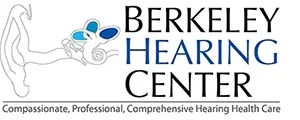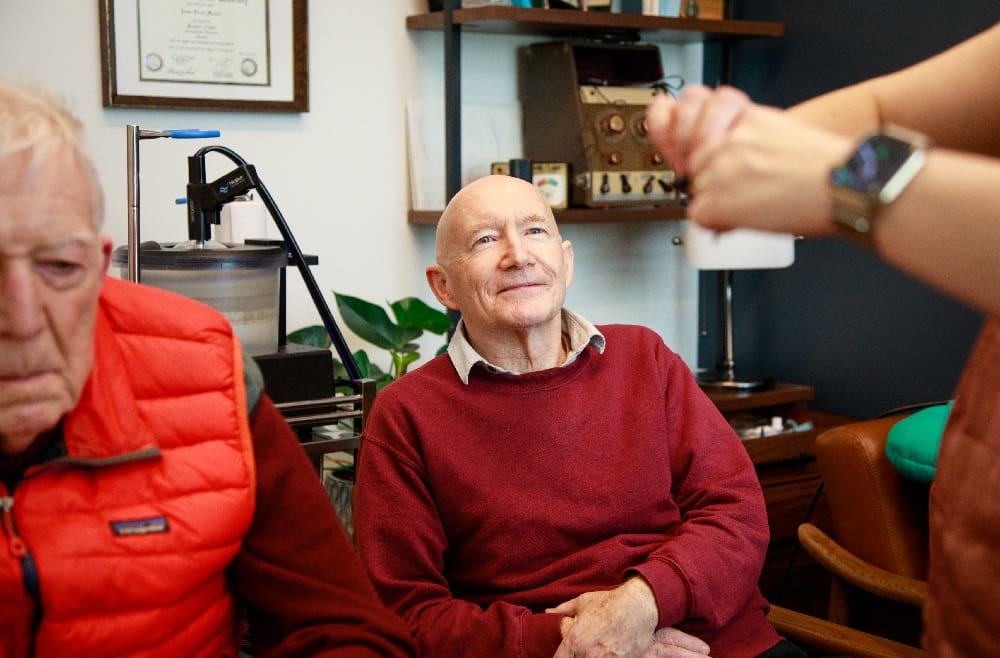2022-05-30
Jonathan Lipschutz Audiologist, M.S., F-AAA, Co-Owner
You can really tell a lot about a person from their...EARS?! Well, actually, yes. More and more, we are realizing the incredible potential of the ears as a pathway for more than just hearing.
The human body has several openings or orifices, which are critical for body functions such as breathing, eating/drinking, eliminating body wastes, reproduction and of course hearing. But we’ve discovered that these orifices are not only good for their intended biological purpose. Medical science has learned to use these openings as windows and/or doors for the evaluation and treatment of health issues. For instance, we can effectively use every orifice for the administration of medicines. We can assess body temperature orally, aurally or (more accurately) rectally. More recently, scientists have been taking a closer look at the ears as a window into the overall health of the body.
What is it that makes the ears such an ‘attractive’ part of the body for scientists to work with? Along with being easily accessible, they’re highly vascular (i.e. lots of blood vessels) and highly innervated (i.e. lots of different nerves). So it’s an ideal place to measure things like blood pressure, heart rate/rhythms, blood oxygenation, etc. Because of the ear’s innervation and proximity to the brain, it’s also an ideal place to measure neural activity. These measurements have the potential to gleen heretofore unattainable information, providing insights and treatment into conditions such as epilepsy, sleep disorders and mental health issues.
But don’t we already have medical tests that can provide this information? And aren’t there already consumer devices on the market for people to track some of these things themselves? The short answer is ‘yes’ and ‘yes’. We can measure brain activity using a clinical tool known as EEG (electroencephalogram). But the equipment is expensive, can only be used in a clinical setting and isn’t suitable for long-term studies. And if the brain activity trying to be detected doesn’t occur during the testing, nothing is learned. Measuring the brain’s electrical activity via the ear could revolutionize our understanding of the brain. A company called NextSense, has been hard at work on an earbud that can produce a clinical EEG and plan to submit their device for FDA approval this year.
What about those things related to the vascular system mentioned above, aren’t there consumer products already available that do that sort of stuff? There are consumer devices, colloquially known as wearables (FitBit, smart watches, fitness rings, etc.), that can monitor heart rhythms, blood pressure, etc. But measurements made in the ear can be up to 100 times more sensitive than those made through the skin.
As Audiologists, certainly our main focus is centered around hearing and communication. But we also recognize the connection between hearing health and overall health. I believe that the hearing industry will begin to incorporate these capabilities/technologies into their products to make a greater impact on the health & well-being of consumers. As the technology progresses, our ears will become an even more vital part of our bodies for our overall health.
Please continue to love your community by getting vaccinated/boosted & masking up where and when appropriate. And please always support our local businesses.
https://berkeleyhearing.com/wp-content/uploads/2024/10/Discover-how-your-ears-could-hold-the-key-to-improved-well-being—explore-our-insights-today.jpg
Jonathan Lipschutz Audiologist, M.S., F-AAA, Co-Owner






